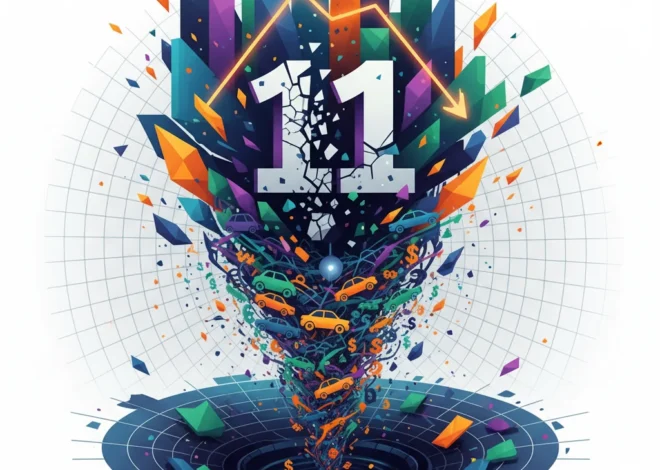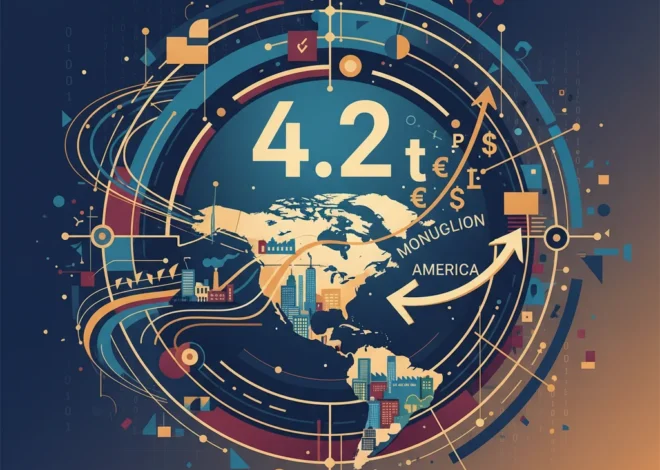
Digital Reckoning: Why an Italian Lawsuit Could Redefine Big Tech’s AI Playbook
It starts with a headline that feels almost routine these days: “Two big social media companies face a class action lawsuit in Italy.” On the surface, it’s another legal skirmish in the long-running battle between regulators and Big Tech. But dig a little deeper, and you’ll find this isn’t just about fines or wrist-slaps. This is about the very core of the modern internet: the powerful, opaque algorithms that curate our digital lives. The case in Italy, targeting giants like Meta and TikTok, is a potent signal of a global shift, a digital reckoning that could fundamentally reshape the future of artificial intelligence, software development, and the responsibilities of the platforms that connect billions.
This lawsuit isn’t merely a legal challenge; it’s a direct confrontation with the “attention economy” business model. The core allegation, echoed in similar challenges worldwide, is that these platforms have engineered their services to be psychologically addictive, particularly for younger users. They stand accused of leveraging sophisticated machine learning models not just to show us content we might like, but to keep us scrolling at all costs, potentially to the detriment of our mental well-being. According to Italy’s competition watchdog, AGCM, the investigation focuses on whether the companies’ algorithmic profiling encourages “the excessive use of social media” (source). This isn’t a bug; it’s a feature—and it’s a feature that’s now under the legal microscope.
The AI in the Machine: Deconstructing the “Addiction Algorithm”
To understand the gravity of these claims, we need to look under the hood. What critics call an “addiction algorithm” is, from a technical standpoint, a marvel of modern software engineering. At its heart is a recommendation engine, a complex system powered by AI and built on a massive cloud infrastructure. Let’s break down how it works:
- Data Ingestion: Every action you take is a data point. A like, a share, a comment, how long you pause on a video, who you follow, what you search for—it all gets fed into the system.
– Algorithmic Profiling: Using advanced machine learning, the platform builds a highly detailed, constantly evolving profile of your interests, behaviors, and even your predicted emotional state. This is a far cry from simple demographic targeting; it’s psychographic.
– Content Ranking & Delivery: The AI then sifts through millions of pieces of content and ranks them based on one primary objective: maximizing your engagement. The content that is most likely to keep you on the platform is pushed to the top of your feed.
– Feedback Loop: The system then watches your reaction to the content it served. Did you watch the whole video? Did you share it? This feedback refines the algorithm in real-time, making its next prediction even more accurate. This relentless process of optimization is a form of automation that makes the platform stickier


